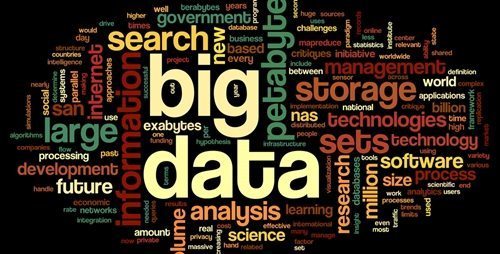Within the current telecom landscape, an increasing number of organizations have leveraged big data and its associated analytics insights to improve varying facets of the company. For example, one of the top telcos recently leveraged such strategies to illuminate trends within its mobile cloud and other services in European markets. The organization utilized these analytics to improve its market share and remain a competitive force in the industry.
The majority of these groups utilize Hadoop software as a means to analyze their vast sources of information, however, those that have not used the program may be unaware as to what functions the platform performs and how it can benefit the telecom. To help these IT and network administrators best use the software, they must understand how Hadoop works and how they can implement it within their organization.
What does Hadoop do and how was it developed?
The Apache Software Foundation manages the open source software platform that is Hadoop. Users have found that the program is beneficial in archiving tremendous amounts of big data, and separating them into data sets within distributed clusters. Hadoop can then perform a distributed analysis of the information within each cluster.
However, Cloudera CEO Mike Olson said that the technology did not begin with Apache, but was originally developed by Google, which needed a platform that would allow the company to store the
Components and functions
In addition to archiving big data into clusters and providing the means to analyze these sets, Hadoop users in the telecom space can also benefit from the platform's flexibility. For instance, the software's modular architecture enables telcos to switch out different components for other program tools that best fit their needs in the project at hand.
Overall, Hadoop is comprised of two parts: An individual data processing system and a distributed file arrangement for information storage. The distributed file system is the technology component that stores the previously mentioned data clusters, however, users can leverage other file systems with the program as well. The data processing framework, a Java-based system called MapReduce, is the piece that individuals utilize to work with the stored data.
Olsen noted that Hadoop was originally developed as a solution to address large amounts of information that, without context, could go to waste. Overall, Olsen said the system works best when users need more complex analytics, including clustering and targeting. For instance, telecom providers can perform in depth analysis of their services and their impact on customer relationships and satisfaction. Because the platform can be used with an array of other systems and tools, it can be applied within a nearly endless list of industries for better big data oversight.

